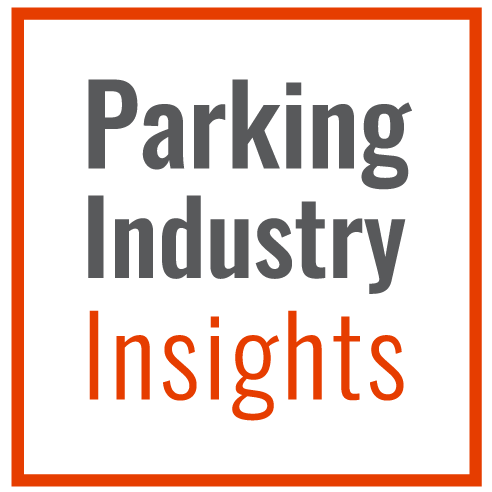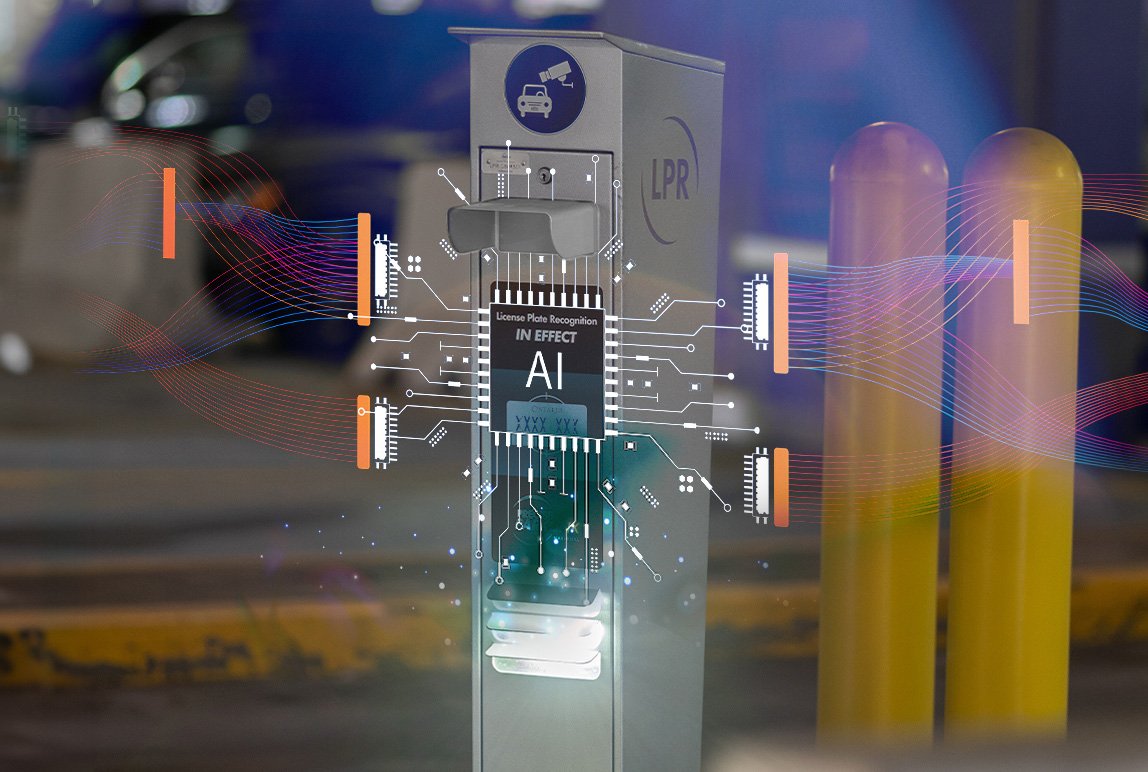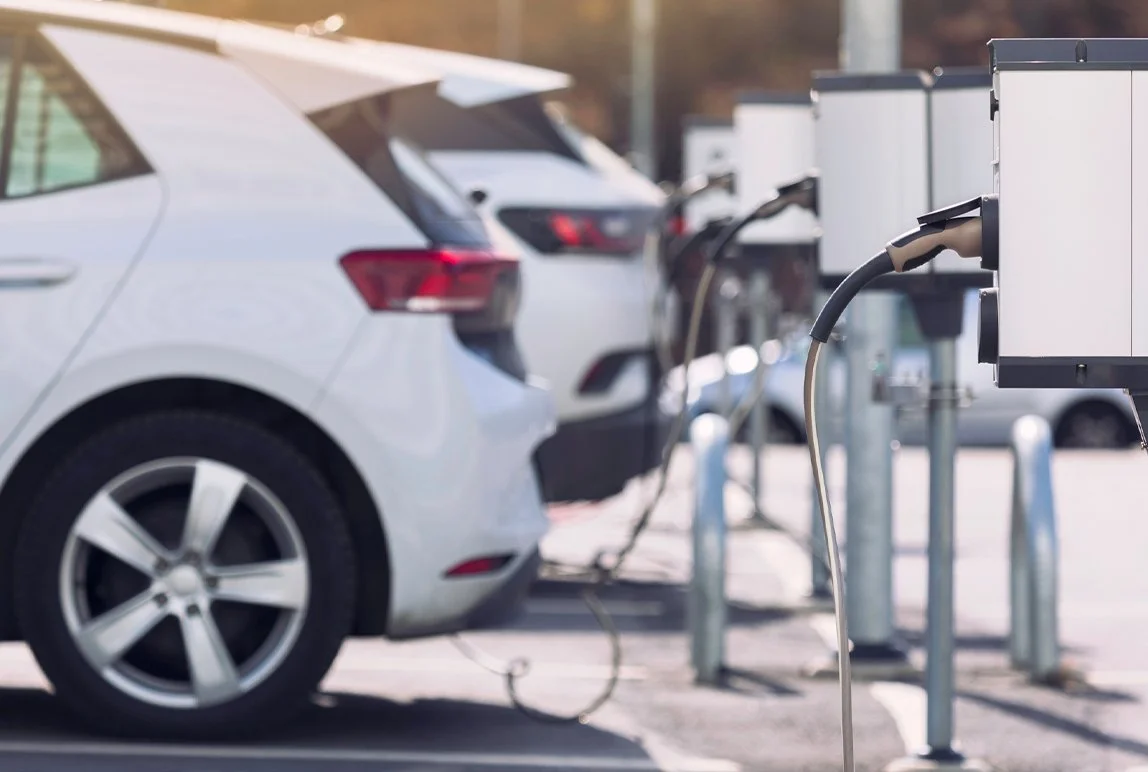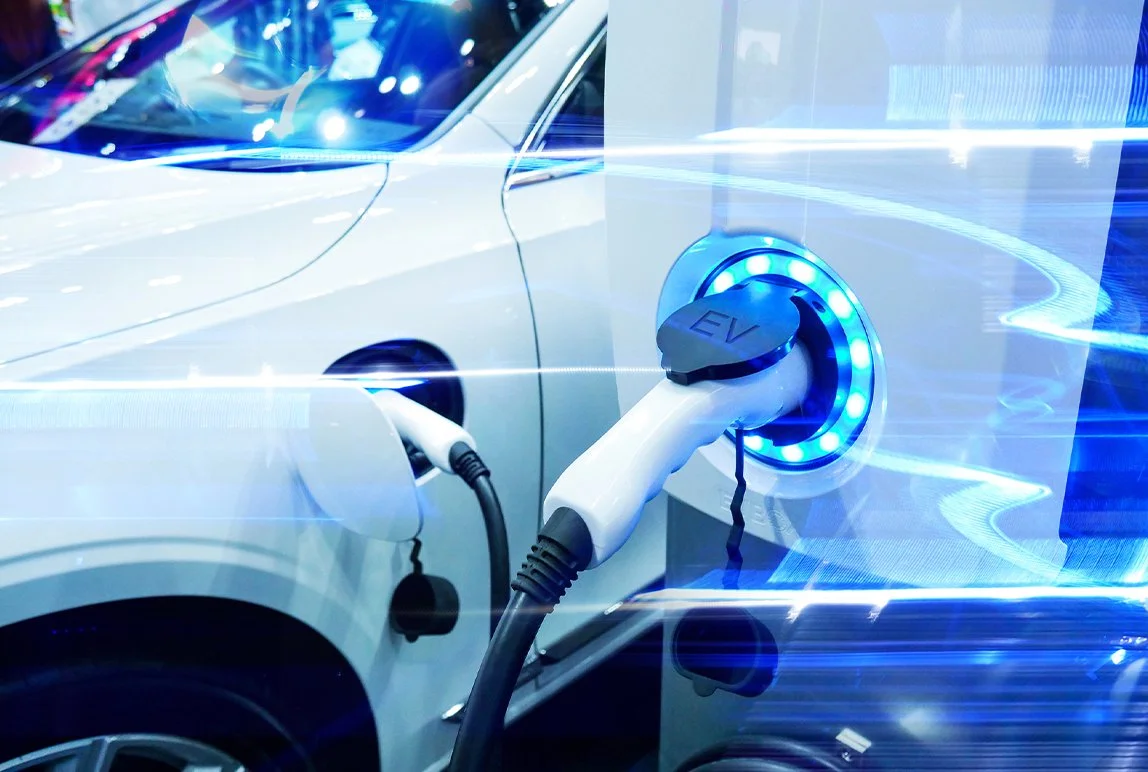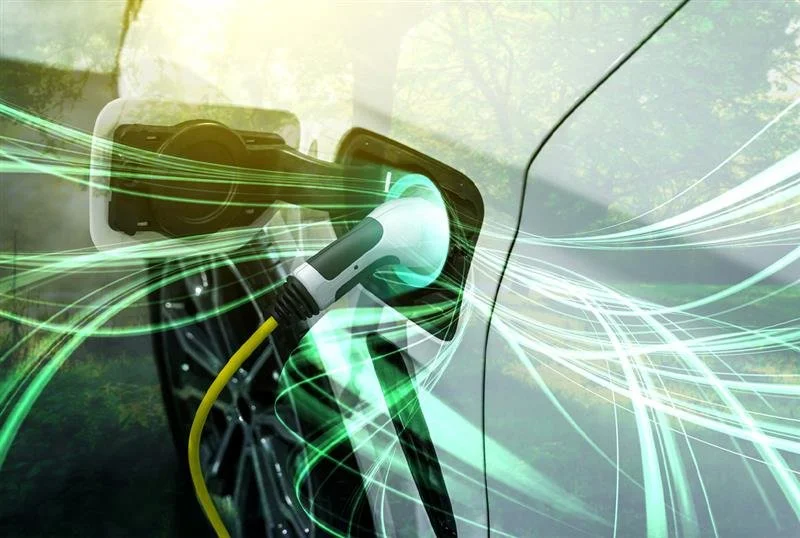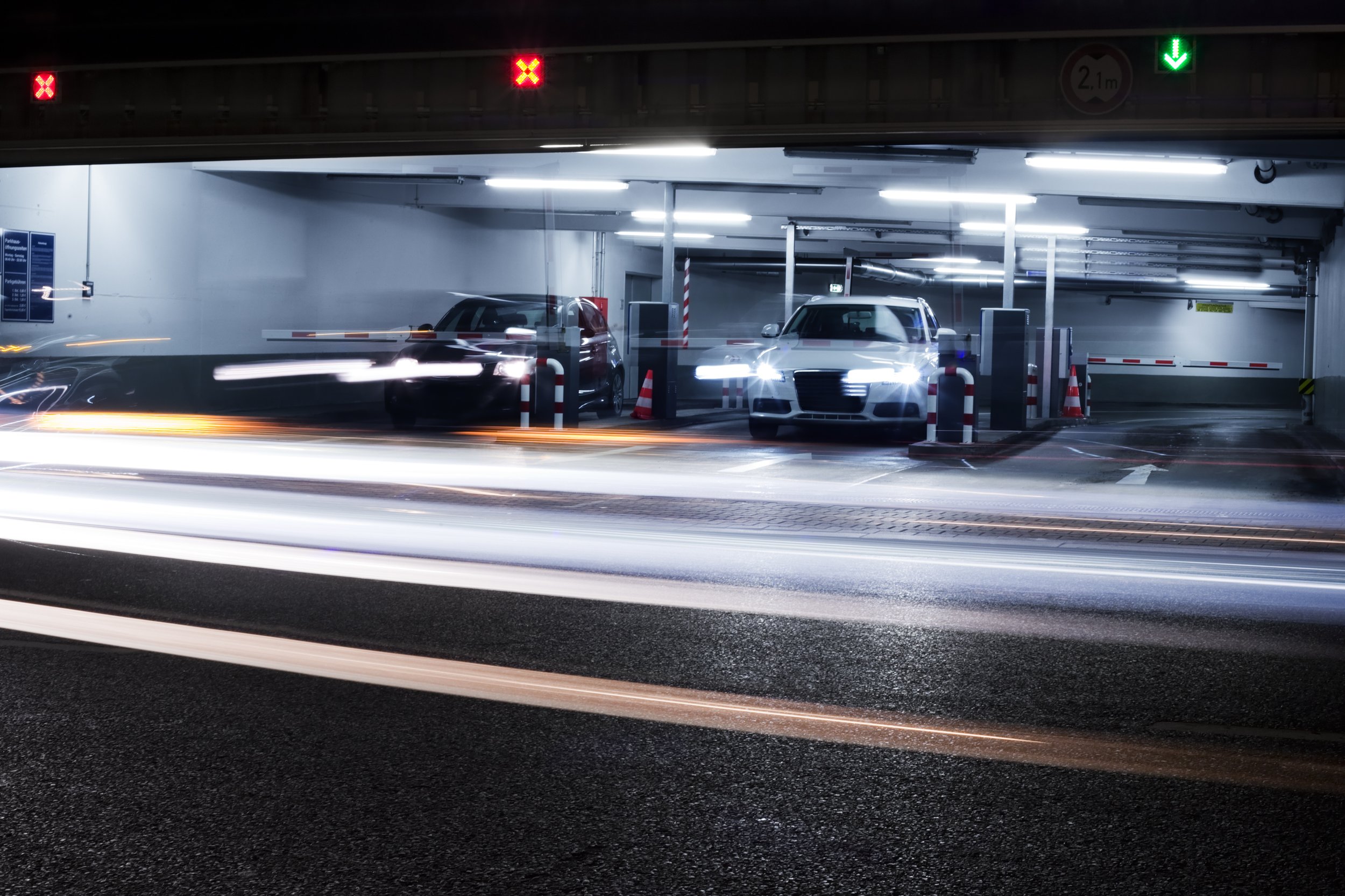How AI Enhances License Plate Recognition Accuracy for Parking
Posted: Apr, 23, 2024 10:38AM ET • 5.5 min read
License Plate Recognition (LPR) technology has undergone remarkable advancements in recent years, modernizing the parking and mobility industry with its parking management, enforcement, and data analysis applications. At the core of these innovations lies the integration of LPR with cutting-edge software, particularly artificial intelligence (AI) algorithms and learning models. This integration has significantly enhanced the accuracy and efficiency of plate identification, enabling faster processing and improved data analysis capabilities.
AI primarily improves two key processes with LPR technology: hardware and software support and data analysis. Learn more about how these components work together synergistically.
Part 1: Maximizing AI Processing Efficiency through Hardware and Software Integrations
LPR systems are powered by a combination of hardware and software, facilitating automatic processing with AI assistance for enhanced efficiency. These systems utilize specialized cameras, sensors, and advanced software algorithms to capture and interpret license plate data. Positioned strategically at entry and exit points in parking lots, high-resolution cameras capture clear images of passing vehicles, enabling identification and validation of access rights. Collaborating with sensors, these cameras ensure optimal coverage and accuracy as vehicles pass through, laying the groundwork for subsequent processing.
AI algorithms and learning models embedded within the LPR software come into play upon capturing images. Employing advanced image processing techniques, pattern recognition, and machine learning algorithms, these systems accurately identify license plate numbers, even in challenging lighting and weather conditions, achieving accuracy rates exceeding 90%. The LPR technology progresses through the following stages with AI:
License Plate Localization: This stage involves locating and identifying the license plate from captured images. Algorithms distinguish the license plate from other elements, such as mirrors or headlights, by analyzing geometric shapes and characteristics like background colour and contrast.
Character Segmentation: Algorithms further segment the license plate image to identify individual alphanumeric characters based on colour and spacing.
Optical Character Recognition (OCR): Algorithms recognize and translate separated characters into alphanumeric text and stores it in a centralized system for processing and matching with records in the database.
The integration of AI into LPR systems has revolutionized efficiency and accuracy. By automating the license plate recognition process, AI algorithms can process many images in real-time, reducing the need for manual intervention and expediting data collection.
Part 2: Leveraging AI-Processed Data for Informed Decision-Making
Once the LPR technology captures and identifies the license plate number, the related vehicle data is stored in a centralized system for record keeping. This includes vehicle types, arrival and exit timestamps, and parking spot data. Within this centralized database aimed at developing business intelligence for operators, AI assumes a pivotal role in processing and analyzing extensive volumes of license plate data to gather actionable insights. Modern LPR systems possess robust data storage capabilities, allowing them to archive captured images and associated metadata for future analysis. AI-powered data analysis tools enable parking facility operators to extract valuable insights from this stored data, including parking patterns, traffic flow, and payment methods.
For instance, by analyzing historical parking data, operators can predict peak hours and occupancy rates at the facility, enabling them to optimize parking space utilization and implement dynamic pricing strategies. Similarly, AI processing can identify trends in payment methods, such as the growing preference for digital wallets and contactless payments. This information allows parking facility operators to adapt and upgrade their digital payment systems to cater to evolving consumer preferences and technological advancements.
Undoubtedly, AI is an efficient tool for enhancing parking operations and management. When integrated with LPR technology, it signifies a substantial advancement in accuracy and efficiency. AI-powered LPR systems can accurately identify license plates in real time and derive valuable insights from captured data. As AI progresses and refine, we anticipate LPR technology becoming increasingly indispensable daily, contributing to enhanced safety, security, and convenience on our roads and communities.
References
8 reasons to use Intelligent License Plate Recognition Systems. Scylla. (n.d.). https://www.scylla.ai/8-reasons-to-use-intelligent-license-plate-recognition-systems/
Bansal, J. (2024, April 2). 6 reasons why you should consider investing in license plate recognition technology for your parking facility - precise ParkLink: Parking management services. Precise ParkLink | Parking Management Services. https://www.preciseparklink.com/news/6-reasons-why-you-should-consider-investing-in-license-plate-recognition-technology-for-your-parking-facility
Charlebois, V. (2024, April 9). 4 Key Factors to Consider When Investing in LPR Technology. Precise ParkLink. https://www.preciseparklink.com/news/4-key-factors-to-consider-when-investing-in-lpr-technology
How do license plate readers work: OCR vs AI technology. folio3. (2024, March 8). https://www.folio3.ai/blog/ocr-vs-ai-technology/
Powell, J. (2024, February 2). The ultimate guide: Everything you need to know about license plate recognition. Parking Industry. https://www.parkingindustry.ca/parking-101/everything-you-need-to-know-about-license-plate-recognition
Survision | License Plate Recognition Cameras. (n.d.). Artificial Intelligence & LPR: Evolution or revolution. Survision. https://survisiongroup.com/post-artificial-intelligence--lpr:-evolution-or-revolution#:~:text=AI%2Dpowered%20LPR%20systems%20are,and%20auto%2Dadjust%20their%20parameters
Share Article:
Featured Articles
ABOUT THE AUTHOR
Joe Ritacca
Vice President, IT and Research & Development
As Vice President of Precise ParkLink’s Research and Development department and as the head of Precise ParkLink’s Project Management Office, Joe leads a team of systems engineers and software developers, guiding the development of creative solutions. The innovations and integrations he and his team develop let Precise ParkLink offer something truly unique in the Canadian marketplace — a fully turnkey parking technology and management solution. Having studied business administration and computer science at Ryerson University, and with over 25 years of parking industry experience, Joe is ideally suited to his role building teams that can conceptualize solutions and drive change on clients’ behalf.
Questions?
Fill out the form below and we will do our best to connect you with a suitable contact.
